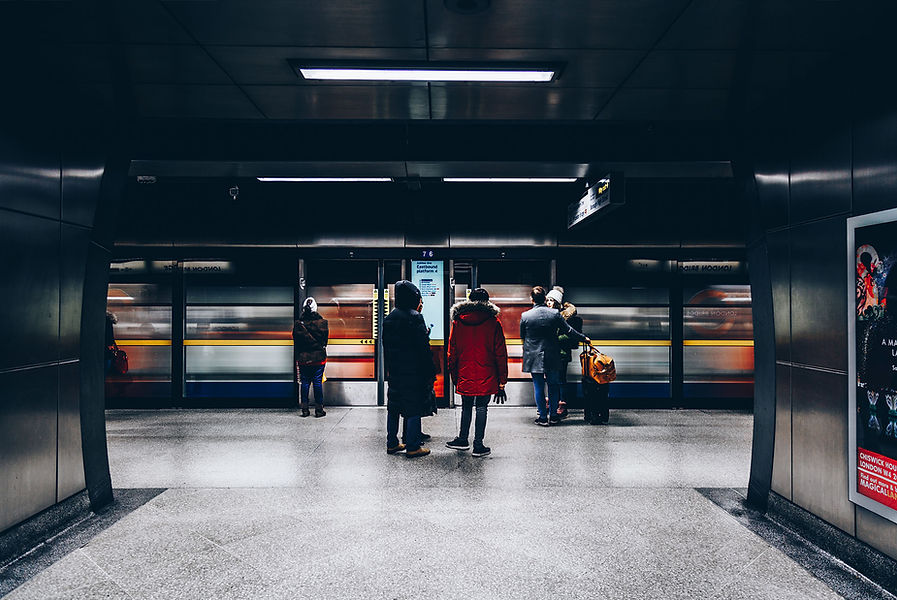Gender Equality Toolkit In Transport

Gender Equality Toolkit In Transport
"When planners fail to account for gender, public spaces become male spaces by default" - Caroline Criado Perez, Invisible Women
What is the toolkit vision?
To inform transport professionals how the work that they do and the decisions that they make impact women's mobility and to provide a resource to encourage them to be gender responsive, to ultimately create gender inclusive transport systems!
What are the toolkit aims?

INFORM
Explain and demonstrate why gender needs to be a key consideration during our work
SUPPORT
Provide a practical introduction to gender inequality with clear steps that can be taken to support gender mainstreaming and encourage gender-responsive actions
MOBILISE AND UNITE ACTION
Join people together from across the transport industry to create a movement and platform for connected thinking, with the goal of making a difference
Who is this toolkit for?
This open access toolkit is for transport professionals who are seeking guidance and resources to help them to understand gender equality issues in transport and to help them better incorporate gender mainstreaming into their day to day work.
Advancing gender equality is a shared responsibility for all people working in the transport sector and we are grateful for your engagement.
How do I use the toolkit?
This toolkit is to be used as guidance for transport professionals who wish to understand and take action on gender equality in their work. Each of our eight points highlights a different area to help you consider what changes could be made in your work. Use this toolkit to challenge your assumptions and any unconscious bias that you may have. Not all points may be feasible or appropriate for all types of work. There is no set order, each point informs the others in some way.
Start using it now and share with others!
Why do transport professionals need to consider gender mainstreaming in their work?
Transport is often incorrectly considered to be 'gender neutral'. This does not account for women's unique travel needs.
Women are more likely to complete multi-purpose trips in contrast to direct commuting patterns.
Limited off-peak services designed along radial commuter corridors mean these journey needs are not met.
Women are more exposed to issues of gender-based violence on public transport. Concerns over safety limits women's mobility and their independent use of public transport.
There is a huge gender imbalance in the transport industry with women only accounting for 21% of the overall workforce in the UK.
Gender Equality is goal five of the United Nations Global Goals and is an intrinsic component of ensuring Sustainable Development is achieved.
Key toolkit definitions:
Gender
Gender is a social construct that encompasses women, men and gender-diverse people. It shapes how we behave and influences our role in society
(GlobalHealth 50/50).
Women
Women do not form a homogenous group and will have different needs based on age, disability, ethnicity and other backgrounds. We include anyone who identifies as a woman and include persons with non-binary and trans identities.
Gender Mainstreaming
Gender mainstreaming is the process whereby gender issues, relations, power differentials and identities are taken into account within all stages and aspects of the plan-making process
(Greed, 2004).
The toolkit:
This graphic below is a summary of some of the main points from each of our eight areas of focus. Click on the 'toolkit hub' drop down menu on the main toolbar to learn more about each point or use the buttons below our infographic.
_1.jpg)